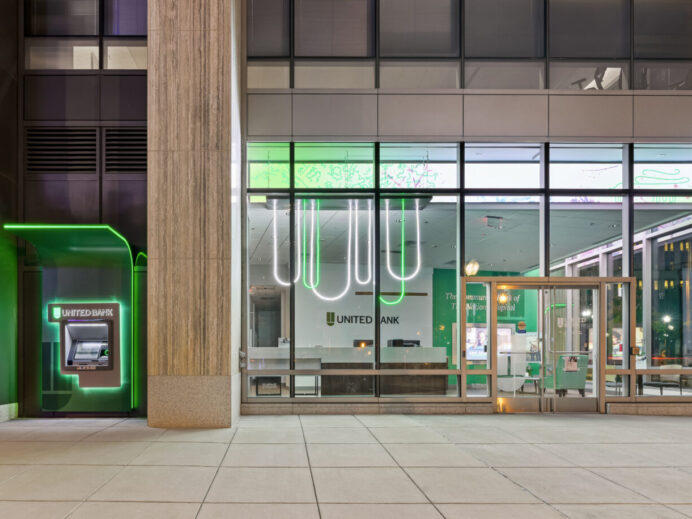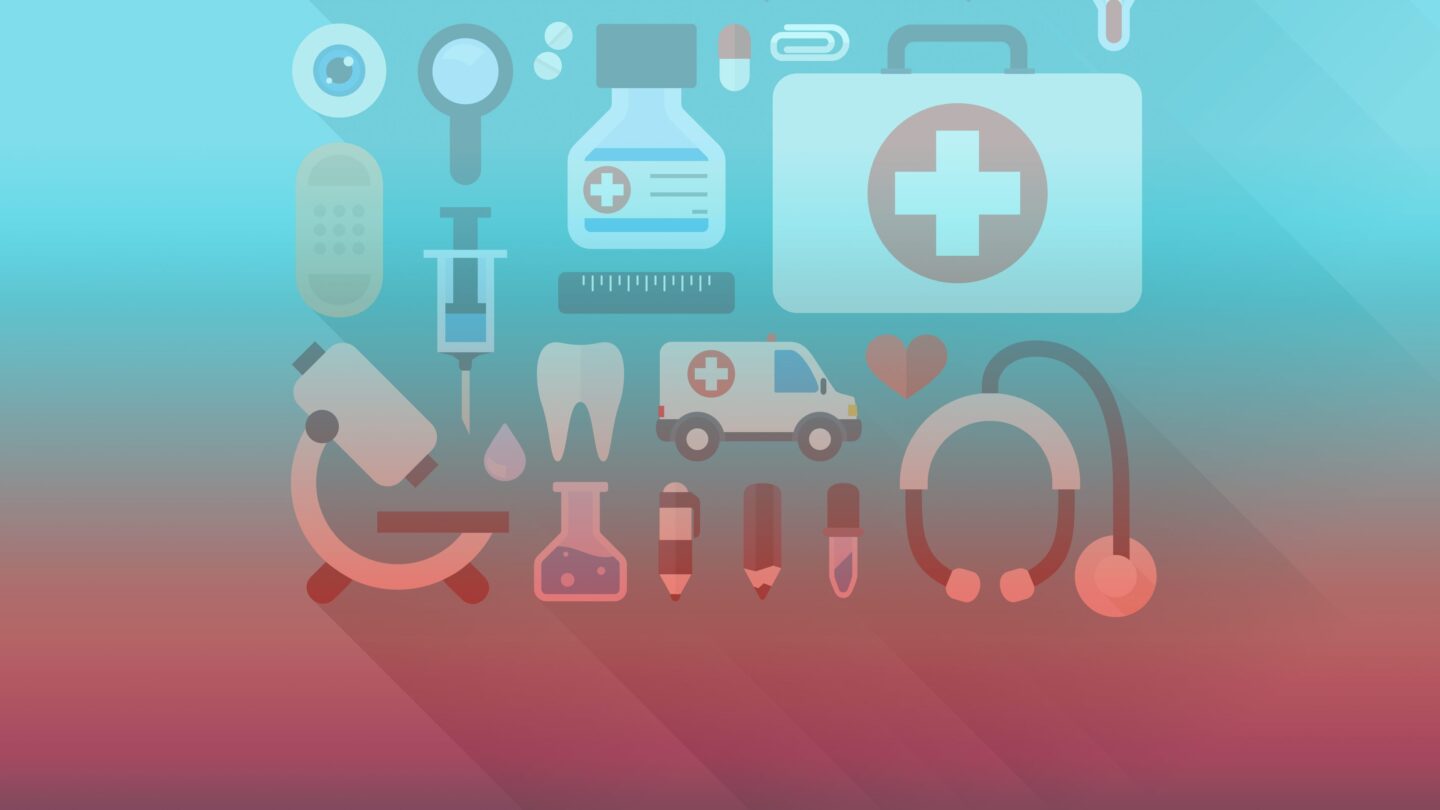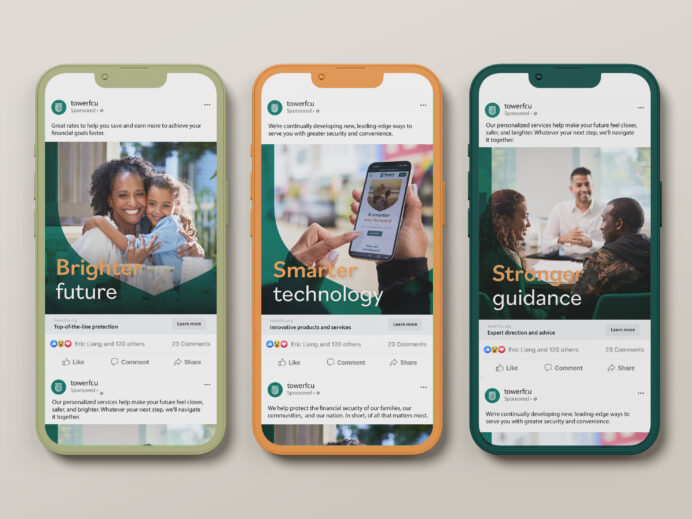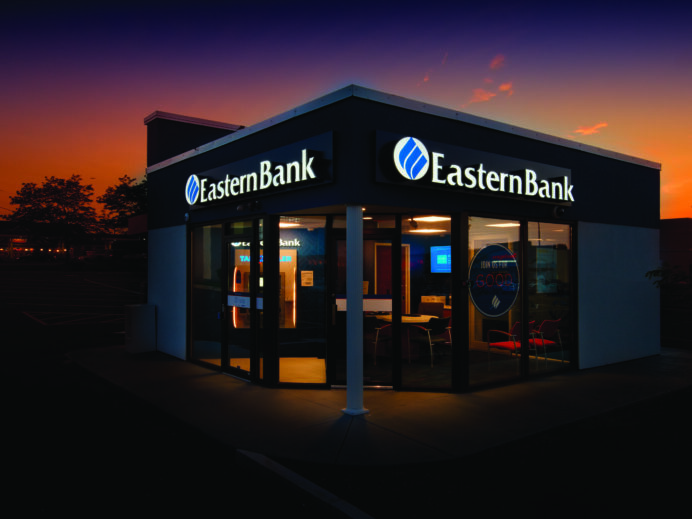
In our healthcare post, Taking Healthcare’s Pulse, we examined the massive wave of disruption coming to a medical center near you.
We assessed the placement of healthcare on the innovation curve and forecast developments in parallel industries – like financial and retail – that would soon deliver challenges directly on healthcare’s doorstep. In the six months since, we’ve seen the ripples of innovation creating bigger and bigger waves for healthcare, including even more outsiders like Amazon, JPMorgan Chase and Berkshire Hathaway teaming up to transform the healthcare landscape. How will healthcare respond? More importantly, how will the industry get ahead of the curve?
At a recent American Marketing Association event Patient as Consumer, we were heartened to see that the healthcare industry is taking this challenge seriously. Healthcare organizations and their communicators clearly understand the disruptive role of outsiders to their institutions. Cathy Richter, Adrenaline’s Vice President of Healthcare Client Engagement, says, “One of the big takeaways from the workshop is that retail is learning healthcare faster than healthcare is learning retail. While it’s clear that healthcare is facing challenges from retail – from urgent care centers to popup clinics – healthcare is now responding. What is needed is a proactive approach to manage change.”
The Experience is Everything
The reality both today and into the future is that consumerism is here to stay. No longer are we just patients; we’re all now healthcare consumers. As such, healthcare organizations are not just treating a patient or medical condition, but must also create positive experiences, just as retailers do. Cathy says, “The rise of the empowered consumer means that people have high expectations for branded healthcare experiences. Healthcare is no longer immune to these market forces. Consumers want healthcare experiences that are efficient, personalized and cohesive. With abundant choice, healthcare systems must be concerned with providing care and nurturing long-term consumer relationships.”
What makes the delivery of healthcare brand experiences even more complicated is that there is no one-size-fits-all solution. Differing generational styles and expectations mean that healthcare cannot just create one type of experience for all of its patients. Cathy says, “Boomers, Gen-Xers and Millennials all have different needs and expectations in healthcare, so we’re seeing organizations laddering experiences based on those personalized wants and needs. Women are also a large part of the picture. Just as in retail, they are making 80 to 85% of all healthcare decisions for themselves and their families. Healthcare brands must find ways to connect with patients, decision-makers and family members.”
Disruption from All Sides
Consumers are coming into the healthcare environment essentially demanding the same level of customization they get in all other areas of their lives. In just the last decade, we can now have virtually anything you can imagine delivered directly to our homes. We can order a car to come and pick us up, and watch their progress on our screen. Cathy says, “The Internet of Things has created an explosion of consumer options in virtually every area of our lives, and now healthcare. However, many of our interactions with the healthcare system are quite quaint by comparison. We still call to make appointments, wait for openings, and client portals for communication are still not universal.”
So ripe is the industry for change, that outsiders like drugstores, solved a consumer convenience problem by introducing the popup clinic. Traditional practices are being phased out as a host of new local urgent care centers arrive. Tech companies are investing in telehealth visits to replace some doctor’s visits. Cathy says, “We’re seeing consumers calling for change. The biggest industry shift has been the migration of outpatient centers back into communities, just like bank branches. Consumers have made their voices heard loud and clear; they want convenience. Either the healthcare organization delivers it or someone else will.”
Innovation Should Be in Your DNA
The missing link for most healthcare organizations is that they have not developed the internal processes to identify and adapt to change. In Finding Your North Star, we discussed how forward-thinking organizations are developing an internal methodology for change – creating the ideal embodiment of the customer and brand experience at any given time, both now and into the future. It’s really an innovation mindset that allows organizations to say ‘this is the best customer experience we have now with the tools we have deployed at this moment’ but focuses on ways that the experience can always be better in the future.
Other industries have already figured out that disruption is a constant conveyer belt with new tools and technology, challenges and advances, continually rolling in and rolling on. The best retail and financial brands have focused on defining their North Star and taking a positive, proactive approach to drive ideal consumer and brand experiences. Internal innovation teams and external partners are focused on both the industry and the brand and are constantly iterating in the face of change. Cathy says, “It’s not a destination but a journey. One of our clients responded to a question on a panel about when she knew she was finished with a project. She said, ‘We never finish. We just keep moving ahead.’”
To learn more, reach us at info@adrenalinex.com.



